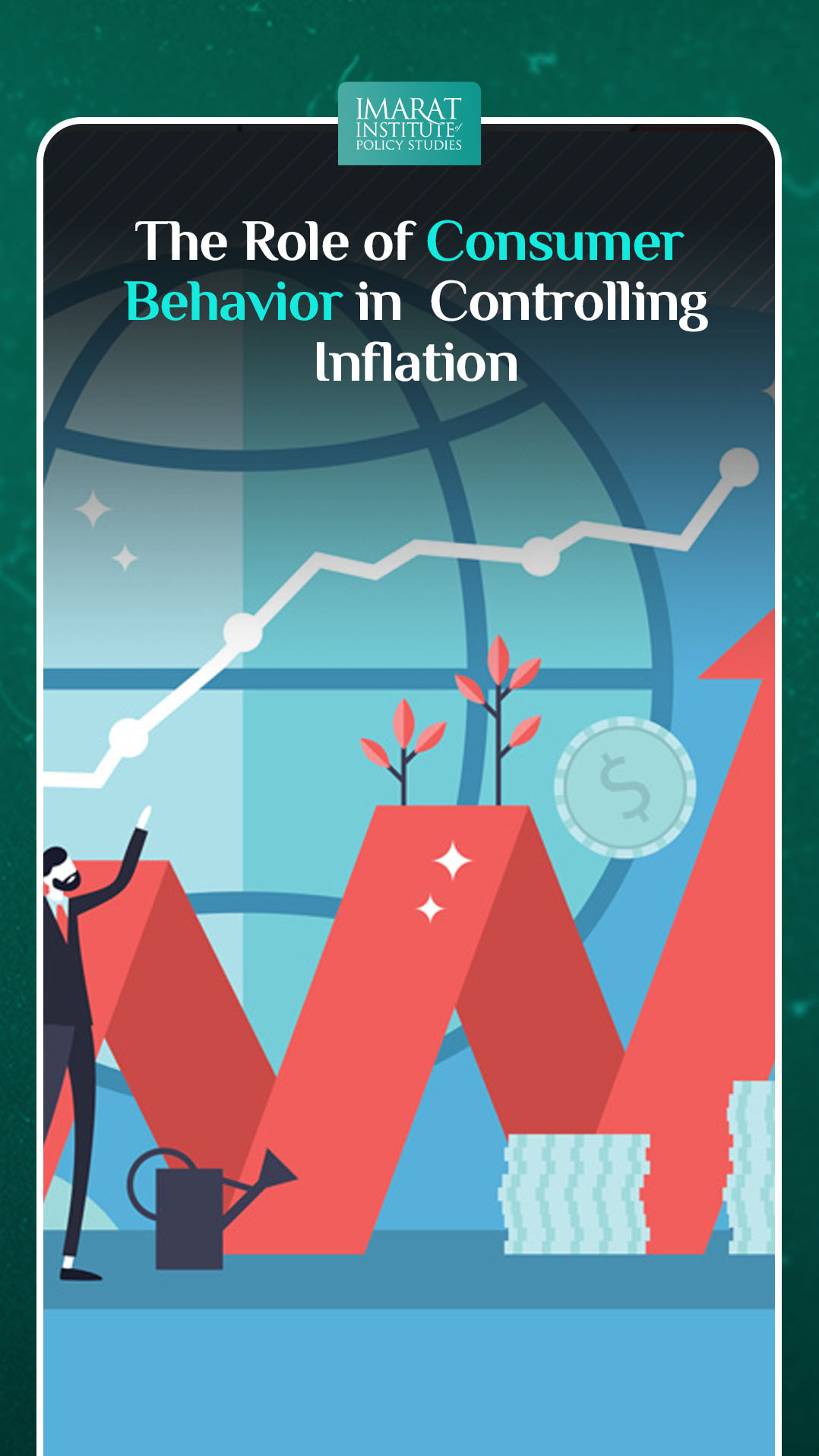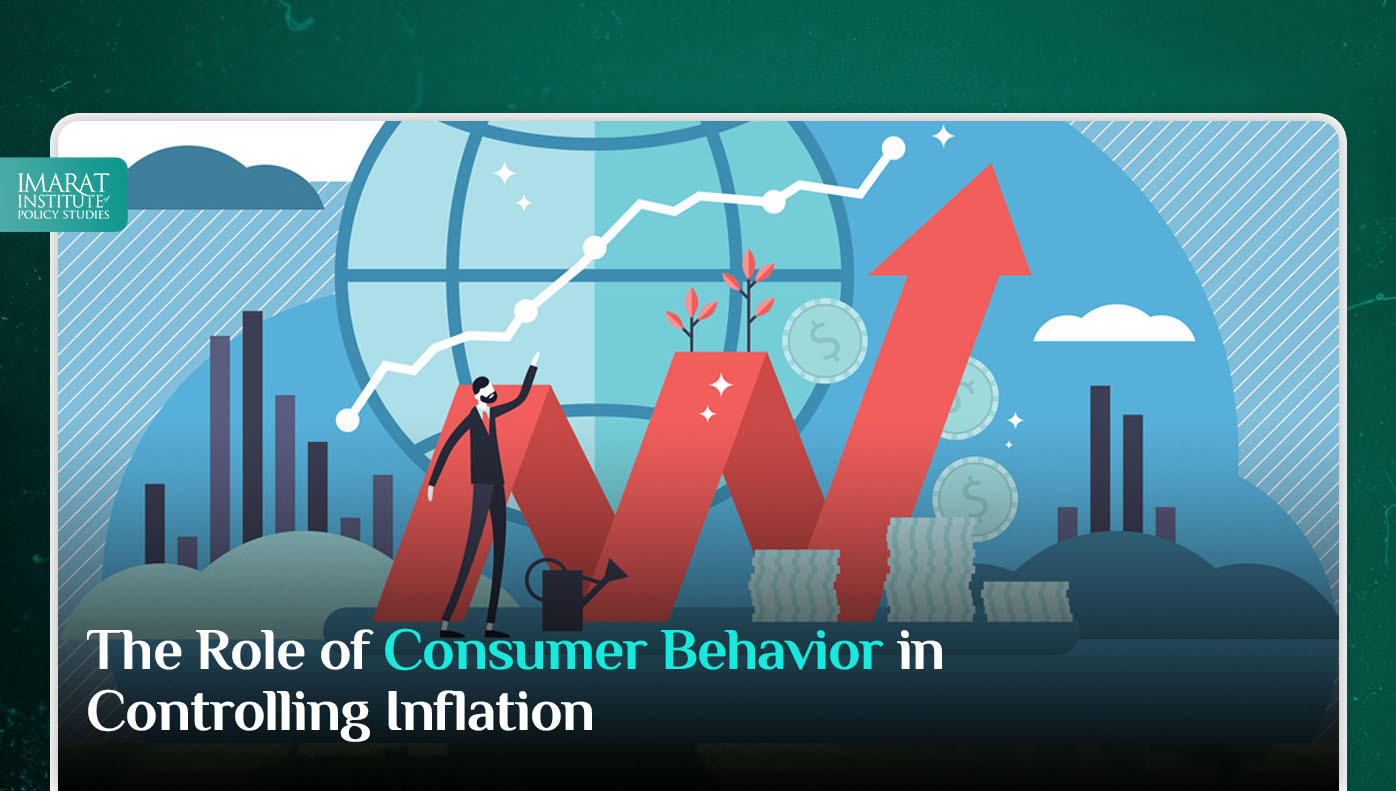In the intricate dance of economic forces that shape our world, inflation emerges as a dominant player, influencing purchasing power, savings, and overall economic stability. Traditionally, the control of inflation has been viewed as the prerogative of monetary and fiscal policymakers. However, a deeper dive into the dynamics of inflation reveals a significant, yet often underappreciated, actor in this narrative: consumer behavior. This blog explores the nuanced role consumer behavior plays in controlling inflation, highlighting its potential as a tool for economic stabilization.
Understanding Inflation and Its Causes
Inflation, fundamentally, is the rate at which the general level of prices for goods and services rises, eroding purchasing power. It can be driven by various factors, including demand-pull inflation, where demand outstrips supply; cost-push inflation, where production costs increase; and built-in inflation, tied to adaptive expectations of future inflation. Each of these causes interacts with consumer behavior in distinct ways, setting the stage for a complex interplay between actions taken by consumers and inflationary trends.
Consumer Behavior: A Double-Edged Sword
Consumer behavior encompasses the decision-making processes individuals and groups use to select, purchase, use, and dispose of goods and services. This behavior, driven by a myriad of psychological, social, and economic factors, can both fuel and dampen inflation.
Demand-Pull Inflation and Consumer Sentiment
When consumer confidence is high, spending increases, potentially outpacing the economy’s ability to produce goods and services. This excess demand can lead to demand-pull inflation. However, if consumers, anticipating or experiencing inflation, decide to moderate their spending, save more, and prioritize essential over non-essential purchases, this can help cool demand and mitigate inflationary pressures.
Cost-Push Inflation and Consumption Choices
The choices consumers make can influence cost-push inflation. For example, a collective shift towards eco-friendly products might increase demand for green technologies, potentially raising costs and prices initially due to the expensive nature of sustainable production. However, over time, this can encourage investment in these technologies, eventually leading to economies of scale and lower prices. Similarly, consumer resistance to price increases in non-essential goods can pressure businesses to absorb cost increases or find efficiencies, rather than passing costs to consumers.
Built-In Inflation and Consumer Expectations
Consumer expectations of inflation can lead to a self-fulfilling prophecy, where the expectation of price increases leads to higher wage demands, which in turn leads to higher production costs and further inflation. Educated consumers, understanding the impact of their expectations, can play a role in breaking this cycle by tempering wage demands or adjusting savings and credit use.
Strategies for Harnessing Consumer Behavior to Control Inflation
Harnessing the power of consumer behavior as a tool to control inflation requires a multifaceted approach, grounded in education, incentive structures, and the promotion of sustainable consumption habits. The nuanced relationship between consumer actions and inflationary trends underscores the potential for informed consumer decisions to mitigate the adverse effects of inflation on the economy. Here’s a detailed exploration of strategies to leverage consumer behavior effectively in the battle against inflation.
Financial Literacy and Education
The cornerstone of empowering consumers to play a role in controlling inflation lies in financial literacy and education. A well-informed consumer base, equipped with a deep understanding of how inflation works and its impacts on personal finance, can make more prudent spending and saving decisions. Education programs aimed at demystifying economic concepts, explaining the dangers of excessive credit use, and highlighting the importance of budgeting can lead to a more financially disciplined populace. Moreover, integrating financial education into school curricula and adult learning programs ensures that future generations are better prepared to navigate the complexities of inflation. Public campaigns that explain the role of consumer behavior in exacerbating or mitigating inflation can also encourage more responsible consumption and investment practices.
Promotion of Savings and Investment
Encouraging a culture of savings over immediate consumption can serve as a powerful antidote to demand-pull inflation. In periods of economic expansion, when the temptation to spend is high, policies and incentives that favor saving can help cool off overheating economies. Tax incentives for savings accounts, government bonds with attractive interest rates, and retirement savings plans are practical tools to encourage individuals to park their excess funds in savings or investments rather than fueling further consumption. Financial institutions can also play a role by offering more attractive terms for deposits and creating innovative financial products that encourage long-term investment. This not only helps in controlling inflation but also contributes to the overall financial health and future security of consumers.
Encouraging Sustainable Consumption
Promoting sustainable consumption habits among consumers can directly impact cost-push inflation by influencing the demand for goods and production methods. Encouraging the purchase of locally sourced, sustainable products can reduce the environmental costs and, ultimately, the production costs associated with long supply chains and environmentally damaging production practices. Governments and businesses can foster sustainable consumption through subsidies for eco-friendly products, higher taxes on non-sustainable goods, and public awareness campaigns highlighting the environmental and economic benefits of sustainable consumption. Moreover, corporate responsibility initiatives that focus on sustainable production practices can align with consumer demand for environmentally friendly products, creating a market-driven approach to managing cost-push inflation.
Challenges and Implementation
Implementing these strategies to harness consumer behavior for inflation control is not without challenges. Financial education requires both resources and a willingness on the part of consumers to engage with complex economic concepts. The promotion of savings might conflict with short-term economic goals, especially in consumer-driven economies. Encouraging sustainable consumption requires a significant shift in consumer preferences and production practices, which may not be rapidly achievable.
However, by adopting a comprehensive approach that combines education, incentivization, and the promotion of sustainability, policymakers and stakeholders can gradually influence consumer behavior in a manner that contributes to controlling inflation. This approach not only addresses the immediate challenges of inflation but also lays the groundwork for a more stable and sustainable economic future.
Conclusion
The role of consumer behavior in controlling inflation underscores the interconnectedness of economic actors and highlights the potential of collective action to achieve macroeconomic stability. By acknowledging and leveraging this relationship, policymakers, businesses, and consumers can work together to navigate the complex landscape of inflation control. As we move forward, the challenge will be to harness this potential effectively, balancing individual freedoms and choices with the collective good of economic stability.
This article is written by Radma Nouman. Radma is a research analyst at the Iqbal Institute of Policy Studies (IIPS).



Leave a Reply